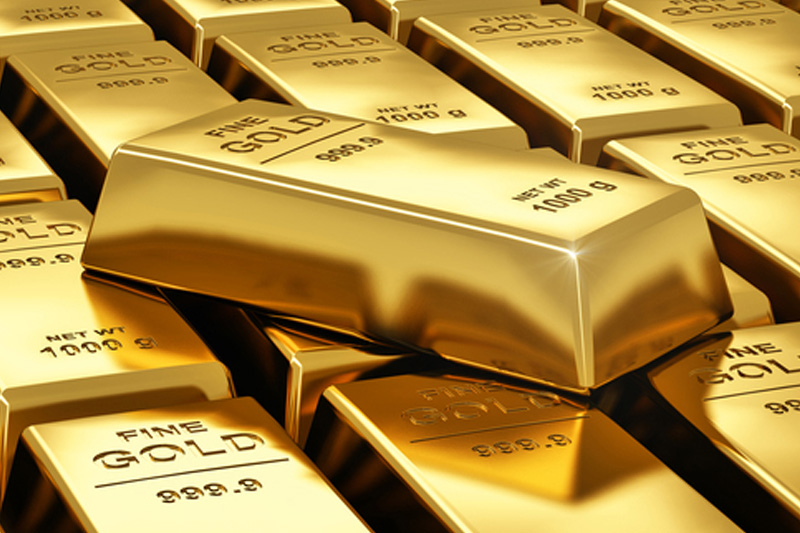Investing.com -- Gold futures plummeted on Thursday as the dollar surged against the euro, after the European Central Bank left interest rates at record lows while providing strong hints that it will use all the tools necessary to stimulate the economy and boost inflation throughout the euro zone.
On the Comex division of the New York Mercantile Exchange, gold for December delivery traded between $1,121.20 and $1,133.80 an ounce before closing at $1,123.30, down 10.30 or 0.91%. Gold closed lower for the fourth time in five sessions and eighth time in the last trading days after peaking above $1,165 an ounce late last month. The precious metal is still up by more than 2.5% over the last month of trading.
Gold likely gained support at $1,110.00, the low from August 18 and was met with resistance at $1,169.00, the high from Aug. 24.
Gold futures fell precipitously in European afternoon trading after the ECB held interest rates at 0.05%, while downgrading its GDP and inflation forecasts over the next two years. The ECB also kept its marginal lending rate at 0.30% and left its facility rate unchanged at 0.20%.
Citing higher downside risks due to lower energy and commodity prices, ECB head Mario Draghi lowered the central bank's inflation projections for the remainder of 2015 to 0.1% from a previous estimate of 0.3%. The ECB has also lowered inflation projections for 2016 and 2017 from 1.5% and 1.8% to 1.1 and 1.7% respectively, Draghi added. At the same time, the ECB reduced GDP projections over the period predicting that it will remain below 2% through the end of 2017.
Draghi noted that the new forecasts were drawn up on Aug. 12, before China rattled global markets early last week with a wave of pessimistic economic indicators. The comments provided compelling indications that the ECB could ramp up its €60 billion Quantitative Easing program, which it launched in March. Previously, the ECB intended to continue the bond-buying program through September, 2016. On Thursday, Draghi indicated that the ECB could add stimulus measures and extend the duration of the program in order to stave off deflation.
Elsewhere, the U.S. Department of Labor said that the number of individuals filing for initial job benefits increased by 12,000 last week to 282,000. Analysts expected initial jobless claims to rise by 5,000 to 275,000. Investors await the release of Friday's U.S. jobs report by the Bureau of Labor Statistics for further indications on the strength of the labor market. In July, U.S. private payrolls increased by 215,000 as the unemployment rate remained steady at 5.3%. A soft reading on Friday could convince the Federal Reserve to delay a potential interest rate hike beyond September.
Gold, which is not attached to interest rates or dividends, struggles to compete with high-yield bearing assets in rising rate environments.
The U.S. Dollar Index, which measures the strength of the greenback versus a basket of six other major currencies, soared more than 0.65% to an intraday high of 96.64, as the euro fell by 1% against the dollar following Drahi's comments. At one point, EUR/USD fell to an intraday low of 1.1087, its lowest level in more than two weeks.
Dollar-denominated commodities such as gold become more expensive for foreign purchasers when the dollar appreciates.
Silver for December delivery fell 0.02 or 0.01% to 14.665 an ounce.
Copper for December delivery surged 0.054 or 2.31% to 2.383 a pound.
